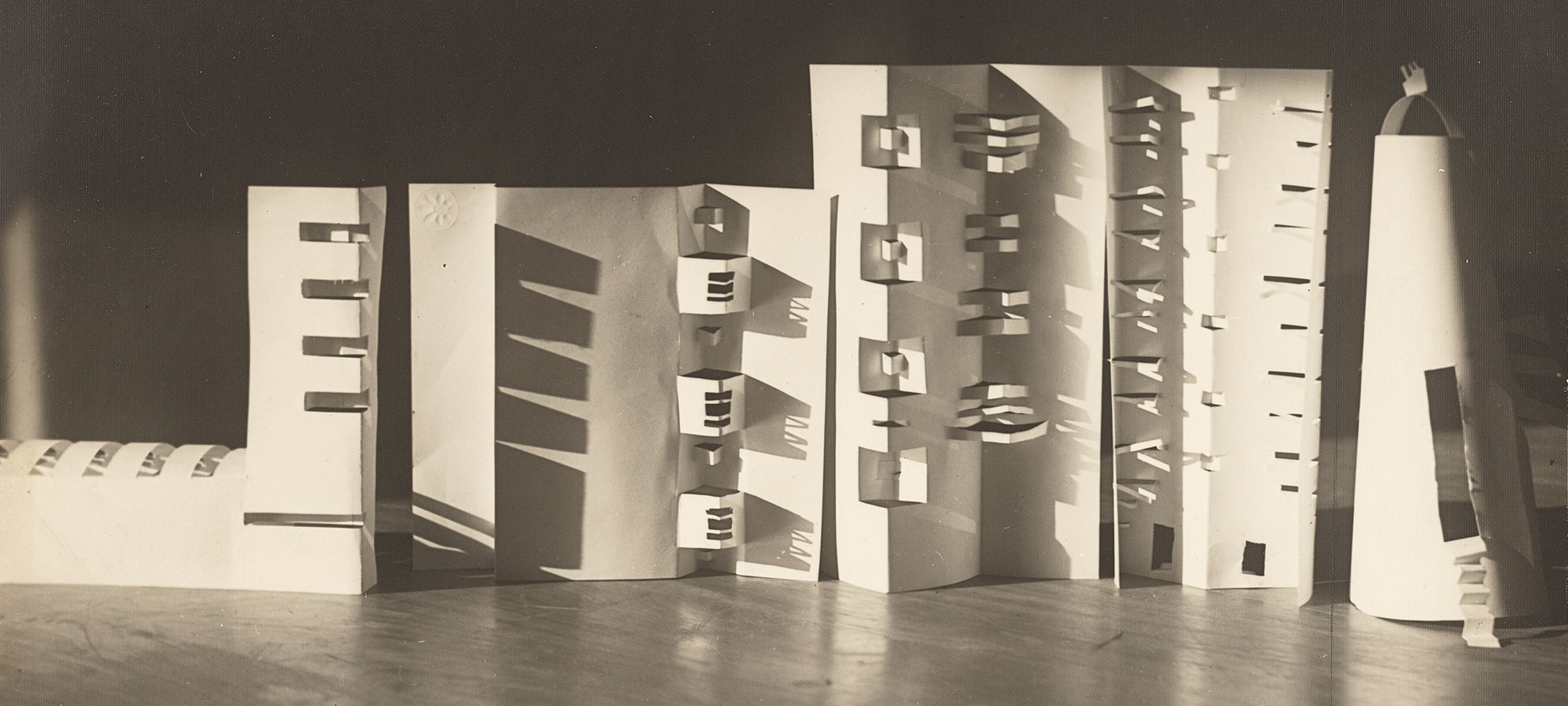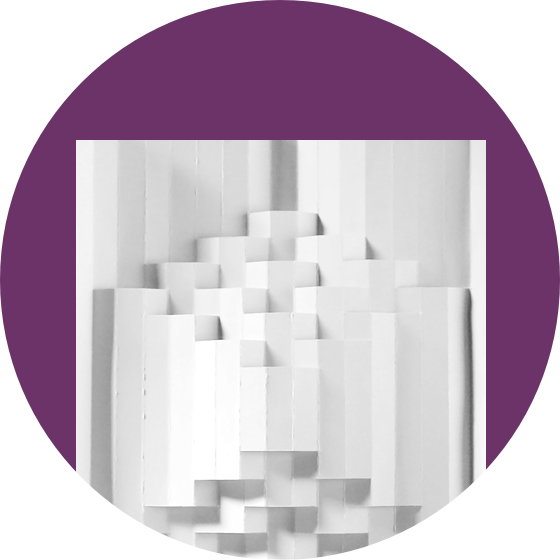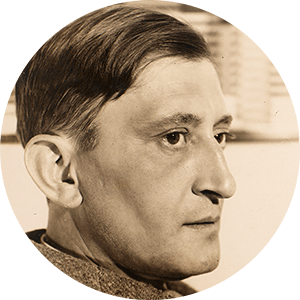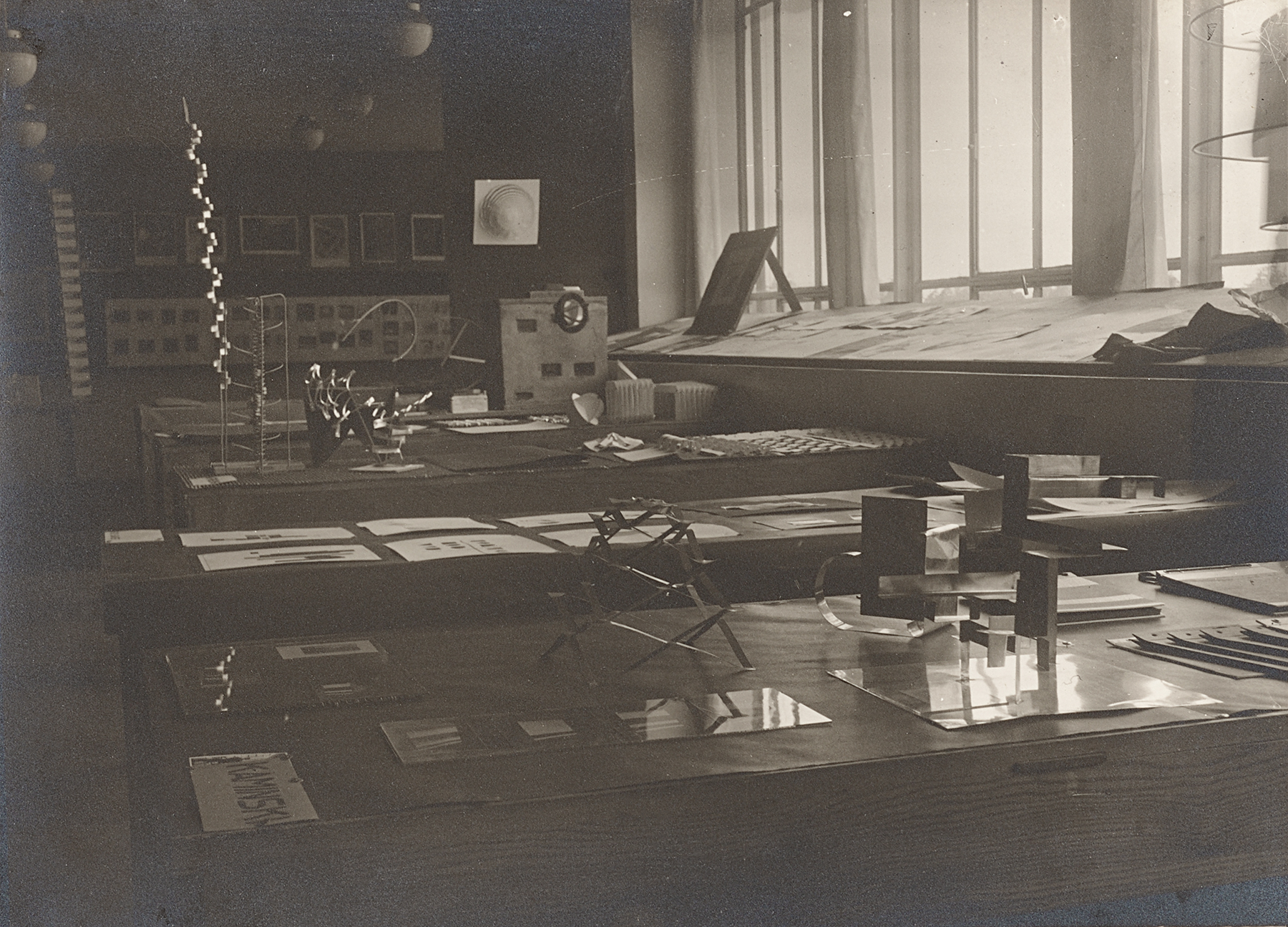Matter and Materials

Fig. 35. Material exercises in paper. Photo: Alfred Ehrhardt, ca. 1928–1929. Gelatin silver print. The Getty Research Institute, 850514. © Alfred Ehrhardt Stiftung
We do not always create ‘works of art,’ but rather experiments; it is not our ambition to fill museums: we are gathering ‘experience.’1
“Contact with materials” was a foundational principle of Bauhaus education. Beginning in the Preliminary Course, both Johannes Itten and Josef Albers placed sensorial encounters at the center of an educational model that favored experimentation. Each developed exercises specifically designed to challenge students with the sensitive handling of raw materials such as wood, glass, fiber, paper, and metal. A deep understanding of how these materials behaved on their own and in concert with others was crucial preparation for incoming students, who were expected to enter a workshop after the completion of the Preliminary Course. The better their feel for the tensile properties of metal compared to the brittle luminosity of glass, for example, the better equipped they would be to select a material with which to complete advanced training in a workshop.
While Itten introduced the concept of basic training in materials to the Bauhaus, Albers made it his own by insisting on a distinction between “matter” (Materie) and “material” (Material). Matter studies (Materiestudien) encouraged students to explore the surface texture of various materials by combining them with others. Both Itten and Albers assigned this exercise, albeit with different emphases and different results. Material studies (Materialstudien), on the other hand, were Albers’s invention. Restricted to a single material, these studies encouraged students to discover the essence of that material on its own terms.
Notes
- Josef Albers, “Creative Education,” 1928, in Hans Maria Wingler, The Bauhaus: Weimar, Dessau, Berlin, Chicago (Cambridge, Massachusetts: The MIT Press, 1969), 142. ↩

Build 3D paper structures.
Watch the Albers Paper Exercise tutorialsnavigate_next| words

